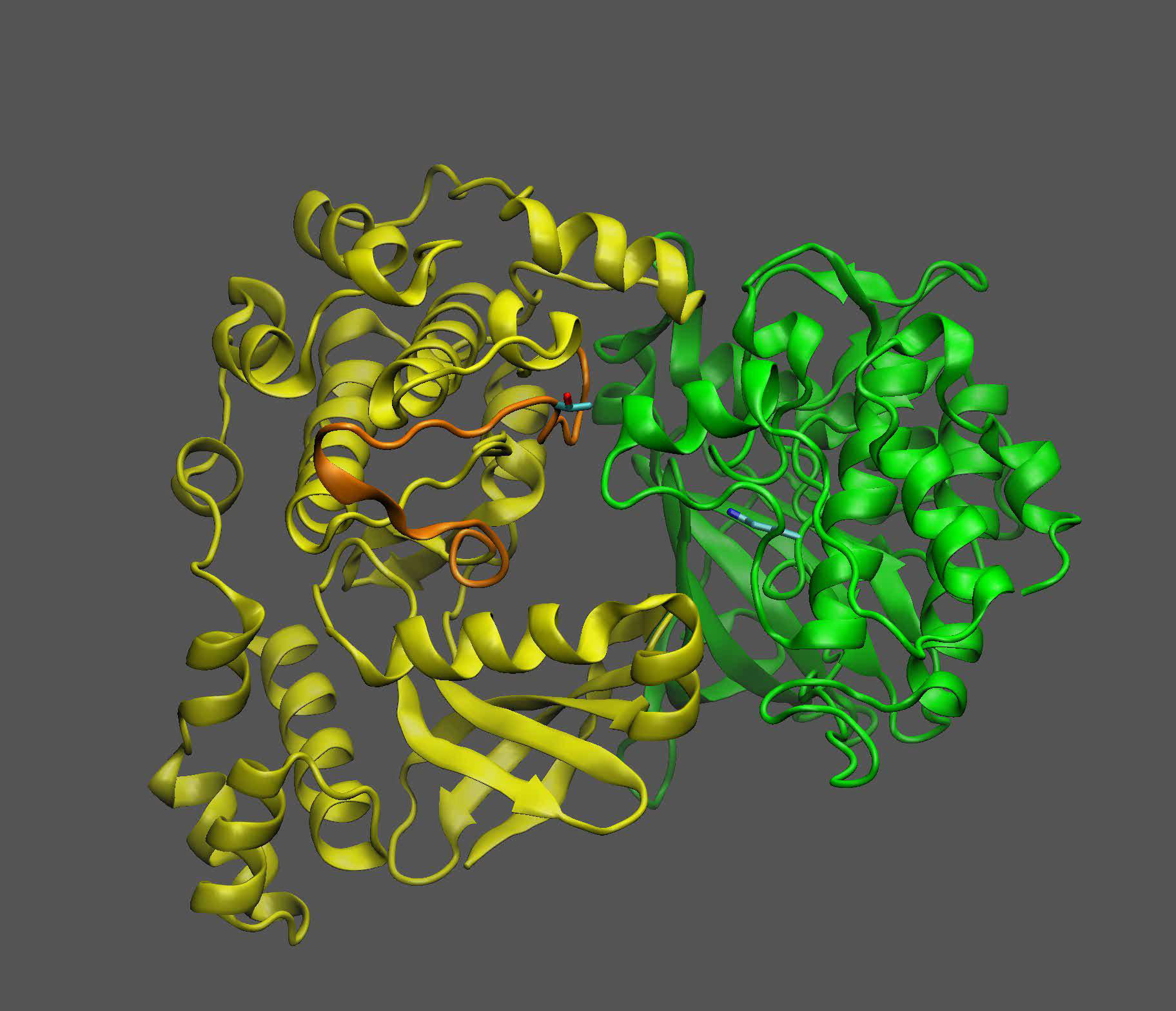First of all, the author introduced the overall structure of MMP, which includes vision feature extractor, Vmodule, and time series encoder, Tmodule, and Fusion module. Afterwards, the structures of Vmodule and Tmodule were introduced. Image data and sequence data were processed by Vmodule and Tmodule, respectively. Vmodule used the pretrained GoogLeNet model as a feature extractor to extract Extreme Ultraviolet (EUV) image features. Tmodule consisted of convolutional neural network (CNN) and bidirectional long short-term memory (BiLSTM) to encode sequence data features for assisting prediction. Besides, the design of the multimodality fusion predictor was presented, including feature fusion and prediction regression. After extracting features from two modules, the two feature vectors were concatenated into one vector for multimodality fusion. The prediction results were obtained by a multimodality prediction regressor. The multimodality fusion method was applied to realize information complementary to improve the overall performance.
Then, to verify the effectiveness of the MMP model, the author conducted some experiments. The EUV images observed by the solar dynamics observatory (SDO) satellite and the OMNIWEB dataset measured at Lagrangian point 1 (L1) were adopted to experiment. Due to the availability of data, the author preprocessed EUV images and the solar wind data from 2011 to 2017. Since time series data had continuity in the time dimension, the author split data from 2011 to 2015 as the training set, data from 2016 as the validation set, and 2017 as the test set. Afterwards, the experimental setup was described. The author finetuned the GoogLeNet pretrained on the ImageNet dataset to extract EUV image features. Metrics such as Root Mean
Square Error (RMSE), Mean absolute error (MAE), and Correlation Coefficient (CORR) were used for comparison to evaluate the continuous prediction performance of the model. RMSE was calculated by taking the square root of the arithmetic mean of the difference between the observed value and the predicted value. MAE represented the mean of absolute error between the predicted and observed value. CORR can represent the similarity between the observed and the predicted sequence. Moreover, the Heidke skill score was adopted to evaluate whether the model can capture the peak solar wind speed accurately. Comparative experiments showed that MMP achieves best performance in many metrics. Besides, to prove the effectiveness of each module in the MMP model, the author conducted ablation experiments. It could be seen that removing the Vmodule led to a decline in experimental results, especially for long-term prediction. In contrast to the removal of Vmodule, removing Tmodule had a more significant impact on shortterm prediction. The author also compared the performance of different pretrained models to verify the effectiveness of them to capture image features and found out that GoogLeNet obtained the most and the best metric results. Moreover, hyperparameter comparison experiments were conducted to verify the rationality of our model parameter selection.
Finally, the author proposed several promising directions for the future work. Firstly, future research would focus on the impact of different modalities on performance, assign different weights to different modalities, and use their complementary relationship to improve performance. Secondly, the proposed model cannot capture high-speed solar stream well, which was very difficult but essential for the application. Thus, the author would focus on how to improve peak prediction in the future.


